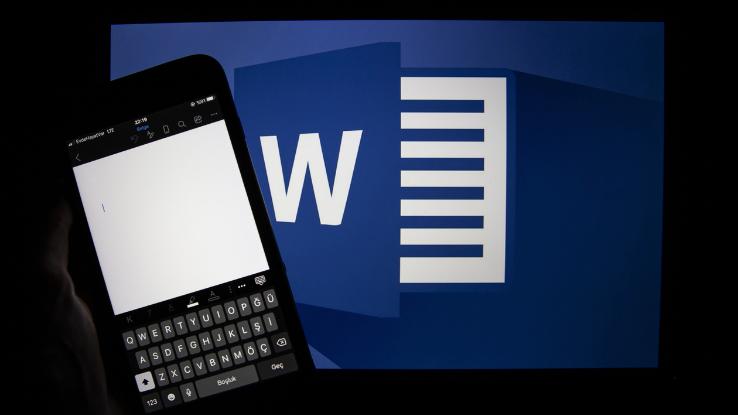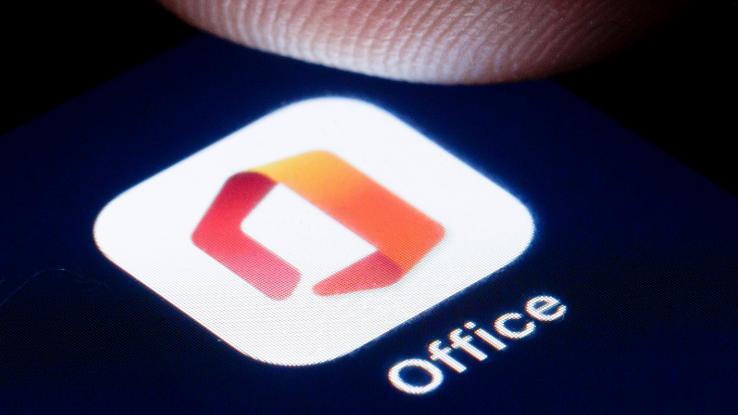Different Types of Application Software and What They Do

While you likely use it on a regular basis, you’re not alone if defining “application software,” or explaining what it does, makes you pause. Simply put, application software is one of three different types of computer software. These types can be separated out into application, system, and programming software, and each one is designed to perform a different set of functions. Still have some questions? We’ll give you a crash course.
Application Software vs. Other Software Types
System Software: This refers to a collection of programs that control your computer’s internal functioning or provide a platform for another type of software. It can refer to software like macOS or GNU/Linux, which are the operating systems that make your computer work. Or it can refer to software like Microsoft Windows or game engines, which are platforms for other types of applications.

Programming Software: This one encompasses the tools that allow programmers to create, debug, write and maintain other computer programs and applications. Examples of programming software include Eclipse, Sublime Text, and Coda.
Application Software: This refers to different programs that you, as an average computer user, operate to make your computer perform a variety of different tasks. Application software is composed of a huge number of different programs that are designed to allow you to do everything from writing a report to navigating websites. Need some examples? We’ve got you covered.
Web Browsers
We’ll start with a type of application software that you’re using right now: web browsers. This software retrieves content, such as websites, from web servers. Web browsers then display the information you’ve requested on your screen so that you can read or interact with it. Some of the most common web browsers include Google Chrome, Mozilla Firefox and Apple’s Safari.

Word Processing Software
Whenever you want to create a typed document, you likely turn to a word processor, which is another kind of application software. These are simply programs that allow you to create, edit and view documents. Most computer users have at least one word processing program on their devices, such as Microsoft Word or NotePad. Web-based word processors, like Google Docs or the Office Live version of Microsoft Word, are also classified as word processing software.

Database Management Software
Application software also comes in handy when it comes to keeping businesses connected and organized. Database management software allows organizations and individuals to collect, store, manipulate, analyze and share large amounts of information. In the simplest possible terms, database management systems are sort of like digital, modern-day versions of old-fashion filing cabinets. Examples of popular database managers include Oracle and Microsoft Access.

Spreadsheet Software
If you’ve ever used a program to create a spreadsheet, then you’re likely already familiar with spreadsheet software. It’s used to organize, analyze and store data via a series of cells, rows and columns. Spreadsheets are most often used for accounting, budgeting, data sorting and producing graphs and charts. Microsoft Excel and Apple Numbers are two examples of popular spreadsheet software applications.

Multimedia Software
Multimedia programs are another form of application software designed to help users interact with photos, videos, music and other forms of digital media. Common examples include programs like iTunes and VLC media player, both of which allow users to download and access music and videos. Additionally, media editors, such as Picasa, Photoshop and Windows Moviemaker, are also popular forms of multimedia software. Software that allows users to record, play and edit music, like Apple Garageband and Adobe Audition, also falls into the multimedia program category.

Presentation Software
Presentation software is a type of application that gives users the ability to create and give presentations; Microsoft PowerPoint and Apple Keynote are popular examples of presentation software. Using presentation software, you can combine text, images, audio and video to create slides that help get your point across in a more clear, engaging way. Additionally, presentation software can be either desktop- or Cloud-based.

Enterprise Software
Enterprise software — a.k.a. Enterprise Application Software (EAS) — refers to application software designed to perform a large number of functions for businesses or other large organizations. It can be used for things like processing online payments; marketing automation; accounting; and maintaining customer relationships. Enterprise software is vital to the efficiency of large organizations and helps maintain a direct line of communication between executives, employees and customers. Common examples of enterprise software include Stripe, Salesforce and DataPine.

Educational Software
As you may have guessed, educational software is a type of application software that’s used for educational purposes. Some types of educational software, such as reference software and tutorials, are often used by students, while software that allows the user to create lesson tools or communicate with parents is utilized by educators. A few examples of educational software include Canvas, Duolingo, Encarta and ClassDojo.

Application Software Suites
At times, you might hear a collection of different software applications referred to as an application software suite. This simply refers to a collection of computer programs that are usually designed to perform similar types of tasks. Generally, each has the ability to communicate and share data with the other programs in the suite. Microsoft Office is an example of a very popular software suite, which is composed of Word, Excel and Powerpoint.






